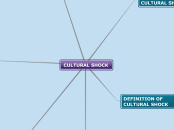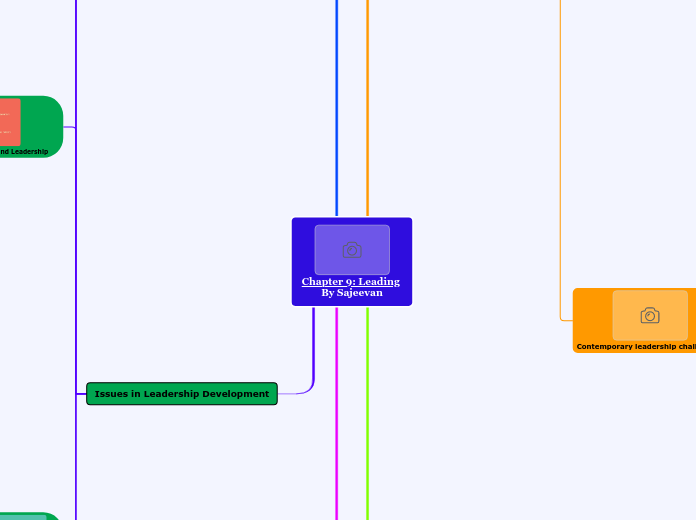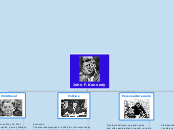SITUATIONAL DETERMINANTS OF LEADERSHIP STRUCTURE
10. The suggestion
10. Dazed and fearful masses
Willing to give in to an authoritarian leader
Political technique to force trials in unfavorable situations
The leader
authoritarian leadership
-Greater crisis, greater authority.
-Less crisis, less authority.
Opportunity to offer an attack on problems
9.both group and individual goals
the more stress the group will be more dispersed
the more stress the group will be more dispersed and out of its objectives
the leader: start organize and direct
when those in power are opportunists
authoritarian control is established
8. DEMOCRATIC AND AUTHORITARIAN
Subtopic
Pag. 1 y 2
Democratic leadership
Authoritarian Leadership
- High Goal
- Low Goal
Four cells matrix
Have Knowledge and desire
No Skills, however they have desire
Have knowledge, but they don't want do it
No skills, no desire
pag 3,4
the future unfolds from the following decisión
it may be expected that interaction in the high goal structure group will be most closely characterized by that found in back`k
Pag. 6 stress and tolerance for ambiguity
the groups subjected to stress showed a greater tendency to make an early attempt to recognize structure in an ambiguous situation
It can be suggested that, in the absence of stress, a group will tend to seek to maintain status when our impulses are satisfied and we feel safe.
a less structured goal situation is safer and less threatening
when stress is introduced, the status quo is no longer satisfactory and a change is sought to reduce anxiety
Developing specific goals that may be difficult to achieve develops the possibility of failure and creates anxiety or pressure to achieve these goals.
STRESS AND CLARITY OF GOALS
5. LEADERSHIP
DEMOCRACTIC LEADERSHIP
The leader is objective in his praise and critisim
The division of tasks is left up to the group
The members are free to work with whomever they choose
The leader suggests two or more alternatives procedures from which the choice can be made
All policies are a matter of group discusion and decision
AUTORITHARIAN LEADERSHIP
The leader tends to be personal in his praise and critiscims of the work of each member
The leader remains aloof form active group participation except when desmotrating.
The leader dictates the particular work task and work companion of each member
Activity steps dictated by the autorithy
All determination of policy by the leader
5. The influence of stress
The term stress is used to incluide actual stress, motivation, desire, etc.
Origins:
2. Level of expectations, changes in values.
1. Natural disaster or form externally imposed threat.
Materning authoritarian equilibrium
Thus it can be seen that one the most important activities of a dictatorship is that of stressing the threats created by both external and internal .
white and lippitt,1956,p.354
Topic principal









